 | Alright, this is a long post. But hopefully, it is able to further your understanding of Bitcoin. At least, that's the goal! If you were new to cryptocurrency even 5 years ago, you didn't have much choice. Today, that's not the case, especially in a bull market, which is when a lot of newcoiners typically flock to this space. This post is intended to educate newcoiners, and perhaps some old HODLers as well, on what makes Bitcoin valuable, the Lightning Network and Taproot without overly complicating the conversation. What's so unique about Bitcoin? There's a common misunderstanding that Bitcoin has such great value because it was the first. This is untrue. There were several prior attempts at digital money - B-money, Bit gold and Hashcash (although not technically money) the most prominent among them. Satoshi's PoW algorithm solved a critical flaw in the use of blockchain as a public ledger known as the Byzantine Generals Problem. The concept of blockchain predates Bitcoin by almost two decades. So the value was never in blockchain but the way Bitcoin was able to utilize blockchain as a trustless, permissionless, decentralized public ledger to democratically create, distribute and exchange value. So centralized iterations of blockchain are indeed a waste of time. Permissioned protocols can often achieve greater efficiency using an SQL database instead. Another misconception among newcomers is that you're late to the Bitcoin party. Just as you can never be late to the Internet, you can never be late to Bitcoin. Bitcoin is not just a cryptocurrency. Bitcoin, in the broader sense, is a protocol capable of functioning as the network layer of a decentralized Internet. Bitcoin can therefore fix the Internet's original sin, centralization at the hands of a powerful few, and restore it to its original form - a decentralized P2P network protocol. Bitcoin is capable of remaining decentralized by allowing any participant in the network to access their own version of the truth in a very economical manner. You can run your own Bitcoin full node on a Raspberry Pi. This allows you to be an equal rights citizen on the network and not have to delegate trust to a third party. Without being able to verify on your own, you're just going from trusting bankers to trusting a random person on the internet. That's hardly revolutionary. Samourai Dojo Bitcoin Full Node on Raspberry Pi (cost $40) Bitcoin is not only time-tested but has proven to be doggedly antifragile. What makes Bitcoin antifragile is the ability of the average user to run a full node. There's no locus of power to attack. Every node is equal and they're distributed all across the world on every continent. Every quadrennial cycle, while higher profile individuals and entities attack Bitcoin, these attacks only end up effecting even greater faith in the protocol. Being a pure P2P network allows Bitcoin to withstand state attacks (Satoshi, 2008) Altcoins bring a lot of necessary innovation each cycle, more so since Ethereum came along, but the problem with open, unbridled innovation is that, while it engenders infinite possibilities, it also breeds exploitation and self-seeking greed. ICOs were all the rage 4 years ago. But thanks to exploitation, they've all but disappeared. The idea of crowdfunded development of decentralized protocols wasn't the problem. The problem was that without a native set of rules to prevent exploitation, greed defeats innovation. Just because something is possible doesn't make it necessary. What's truly necessary is impossible to stop. Necessary innovation will become impossible to stop once we are able to self-police cryptocurrency from greedy opportunists seeking to deny innovation a chance to thrive to cynically line their own pockets. Lightning Network Lightning Network is a decentralized layer-2 network protocol that uses a native smart contract scripting language to enable instant, almost feeless Bitcoin payments. On the Lightning Network, both parties to a transaction are required only to have a sufficiently funded open channel on the network. This is done through a single on-chain transaction. If there is a direct channel open between the parties, the transaction is routed directly and incurs zero fees. Without a direct channel, the transaction is routed through routing nodes. Whan a transaction passes through a routing node, it is referred to as a "hop". There are currently 23k nodes on the Lightning Network with 13k nodes having active channels. Three years ago, Lightning Network was admittedly far from ideal for everyday payments. Lightning Network Node Map (March 2018) But the network has seen exponential growth since, particularly this year. Lightning Network is now a fully-fledged global payments network secured by the Bitcoin blockchain. Lightning wallets have also come a long way and are now very intuitive to use for the average user. Lightning Network Node Map (July 2021) Network capacity has doubled this year. Likewise, nodes and channels have grown exponentially, reducing the number of hops and fees incurred for hops through routing nodes, and improving channel lifespan. The growth of the Lightning Network has inspired some exciting developments this year, Following the success of the Bitcoin beach project, a pilot for Lightning Network's viability as MoE, El Salvador has adopted Bitcoin as legal tender. Other countries like Tonga, Colombia and other LatAm countries have expressed interest to follow suit. Strike app has introduced a Bitcoin tab, with the ability to purchase Bitcoin for a nominal fee of a few cents through the Lightning Network. Twitter is expected to launch a tipping system on its platform later this year using the Lightning Network. Feeless payment of 1 satoshi sent from Spain to Tokyo (Bankers won't be happy!) Taproot Now with Lightning Network's maturation as an instant, almost feeless, infinitely scalable decentralized global payments network, Bitcoin is shifting focus to its next big milestone, Taproot, which is due to go live in November. Taproot brings a set of protocols that further enhance Bitcoin's scalability through even more efficient use of block space by introducing a new type of output - Pay to Taproot (P2TR). P2TR uses Schnorr signatures, which are more compact than the conventional Elliptic Curve Digital Signing Algorithm (ECDSA) signatures. Schnorr signatures are between 6 and 9 bytes shorter than ECDSA, which saves block space. An even more exciting aspect of Schnorr signatures is that it enables the aggregation of multiple signatures into a single signature. This opens up infinite possibilities, including being able to execute multi-sigs and L2/sidechain smart contracts as a simple regular transaction on-chain. It's a truly game-changing development, as it allows Bitcoin to have smart contract protocols without bloating the blockchain layer. Smart contracts will run on L2/sidechain protocols, but on the Bitcoin blockchain, they will only take up a small space like any other transaction. It ensures that users are still able to economically run their own Bitcoin full node. Further, Taproot also includes optimization for the Lightning Network called Point Time-Locked Contract(PTLC). PTLC replaces Hash Time-Locked Contract(HTLC). PTLC uses adaptor signatures, which enhance privacy and security on the Lightning Network, enabling escrow contracts in Lightning channels and allowing users to retry stuck payments. Curfew cocktail bar in Copenhagen, Denmark accepting Lightning payment [link] [comments] |

You can get bonuses upto $100 FREE BONUS when you:
💰 Install these recommended apps:
💲 SocialGood - 100% Crypto Back on Everyday Shopping
💲 xPortal - The DeFi For The Next Billion
💲 CryptoTab Browser - Lightweight, fast, and ready to mine!
💰 Register on these recommended exchanges:
🟡 Binance🟡 Bitfinex🟡 Bitmart🟡 Bittrex🟡 Bitget
🟡 CoinEx🟡 Crypto.com🟡 Gate.io🟡 Huobi🟡 Kucoin.




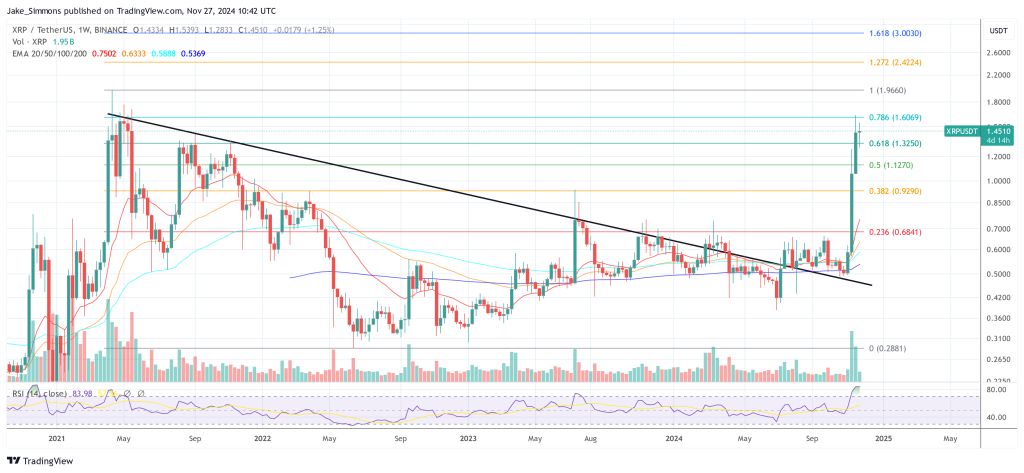
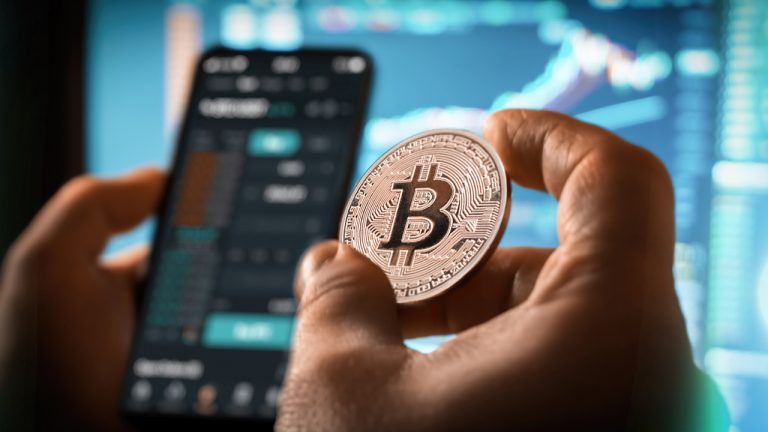


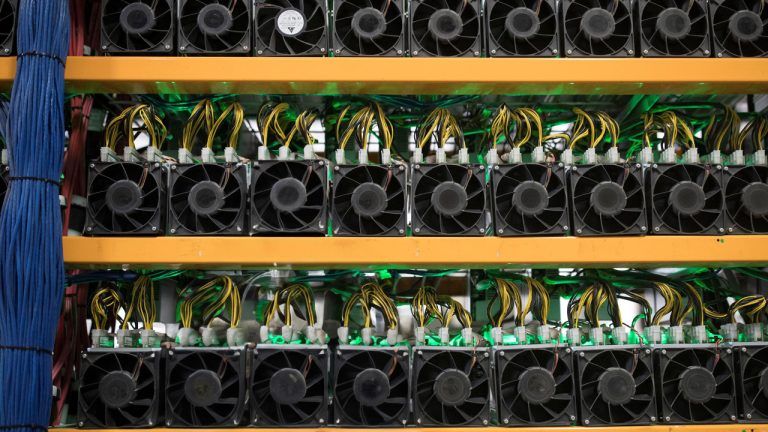
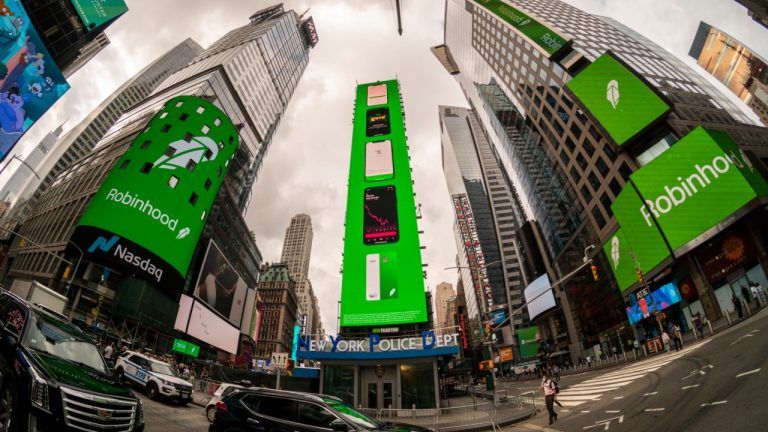



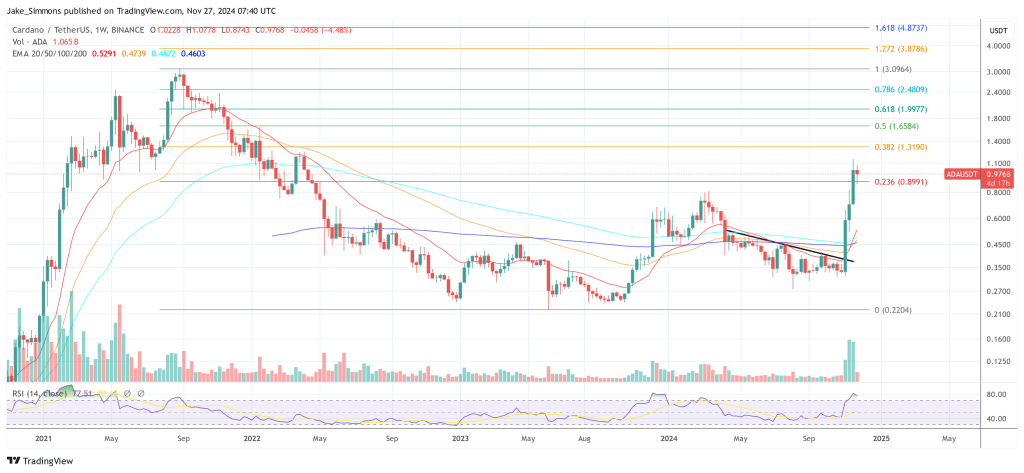





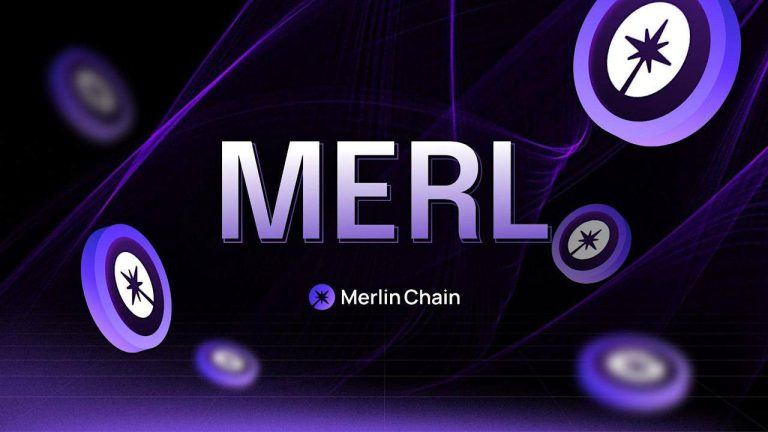
Comments